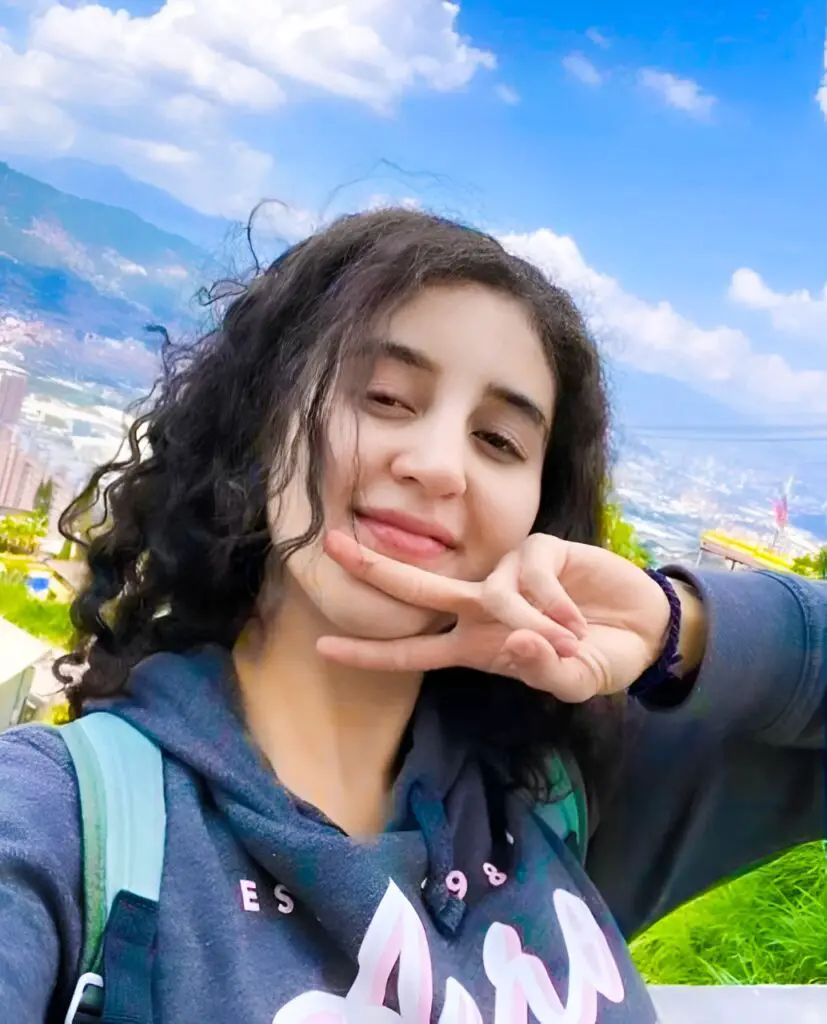Jenny Taborda HD Photos
Sure! Here’s a style article focused on the art of posing—whether for photography, modeling, or just capturing that perfect shot:

In the world of photography and modeling, posing can make or break a shot. The right pose not only highlights your best features but also conveys the mood and message you want to share. Whether you’re a seasoned model or just looking to improve your photo game, mastering the art of posing is essential. Here’s a guide to help you strike the perfect pose every time.
1. Understand Your Body
Before you start posing, it’s crucial to understand your body type and how different poses work for you. Experiment in front of a mirror to see which angles and postures enhance your features. Remember, everyone’s body is unique, and the key is to highlight your strengths.
Tip: Practice a variety of poses and take note of which ones make you feel confident and look your best.
2. Create Angles

Angles are your best friend when it comes to posing. Instead of standing straight on, angle your body slightly to the side. This creates a more dynamic and flattering silhouette. Tilt your head a bit, and don’t forget to keep your shoulders relaxed.
Tip: When photographing yourself or others, ask for a slight turn of the body to avoid the “flat” look. A 45-degree angle is often ideal.
3. Use Your Hands Wisely
Where you place your hands can drastically change the feel of a pose. Avoid letting your arms hang limply by your sides. Instead, use your hands to create lines and shapes, or place them on your hips or in pockets to add interest.
Tip: If you’re unsure about hand placement, try gently placing them on your hips or crossing your arms. It’s all about finding what feels natural.
4. Relax Your Body
Tension can be a major issue in photos. Stiff poses often look unnatural. Relax your muscles and try to adopt a posture that feels comfortable yet flattering. A relaxed body will help you look more natural and at ease.
Tip: Take a deep breath before posing and try to shake out any tension. A relaxed smile can also make a big difference.
5. Practice Different Expressions
Your expression is as important as your pose. Experiment with various facial expressions to see what works best with your pose. A genuine smile or a thoughtful gaze can add depth and character to your photo.
Tip: Think about the mood you want to convey. For a casual look, a relaxed smile works well. For a more serious tone, practice a confident, thoughtful expression.
6. Pay Attention to Posture
Good posture is key to a polished look. Stand or sit up straight with your shoulders back, but avoid appearing stiff. Good posture not only enhances your appearance but also exudes confidence.
Tip: Imagine a string pulling you up from the top of your head. This can help you maintain an elegant and confident posture.
7. Use Props and Environment
Incorporating props or using your environment can enhance your poses and add context to your photos. Whether it’s leaning against a wall, sitting on a chair, or holding a book, props can help you feel more natural and create a more interesting composition.
Tip: Choose props that complement your outfit and the mood of the shoot. Avoid overly distracting items that could steal focus from you.
8. Communicate with Your Photographer
If you’re working with a photographer, communication is key. Discuss the look and feel you’re aiming for, and be open to their guidance. They can provide valuable feedback and help you adjust your pose to achieve the best results.
Tip: Don’t be afraid to ask for advice or suggestions from your photographer. They’re experienced in capturing the best angles and can guide you effectively.
Conclusion
Posing is an art that combines understanding your body, creating flattering angles, and projecting the right expression. With practice and confidence, you can master the art of posing and capture stunning, memorable photos. Keep experimenting and have fun with it—your best shots are often the ones where you feel most at ease.




